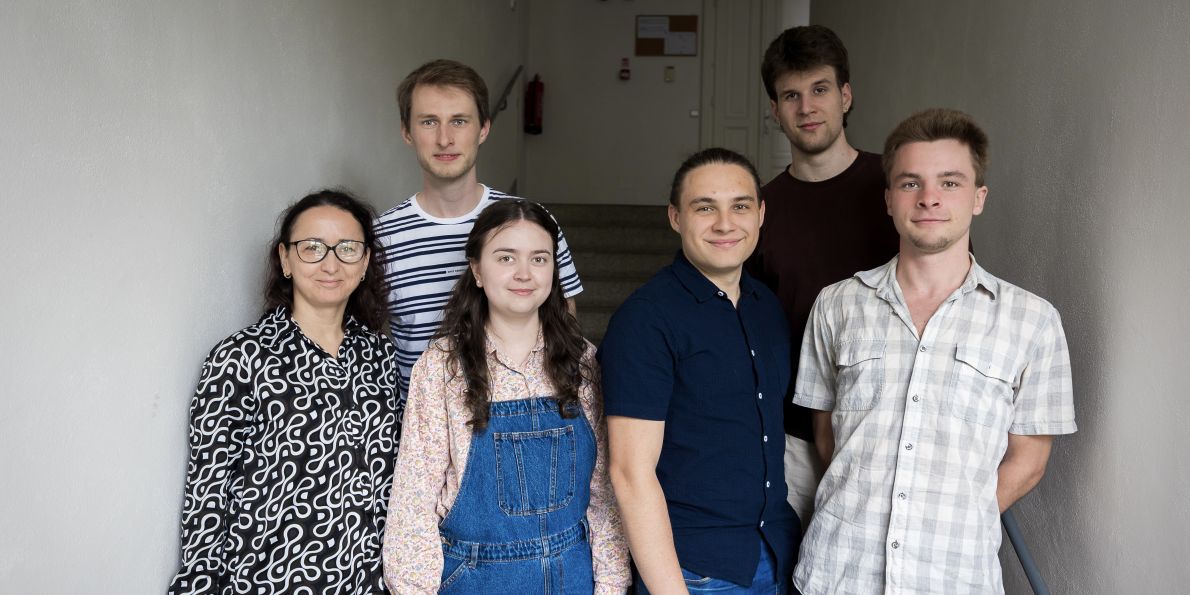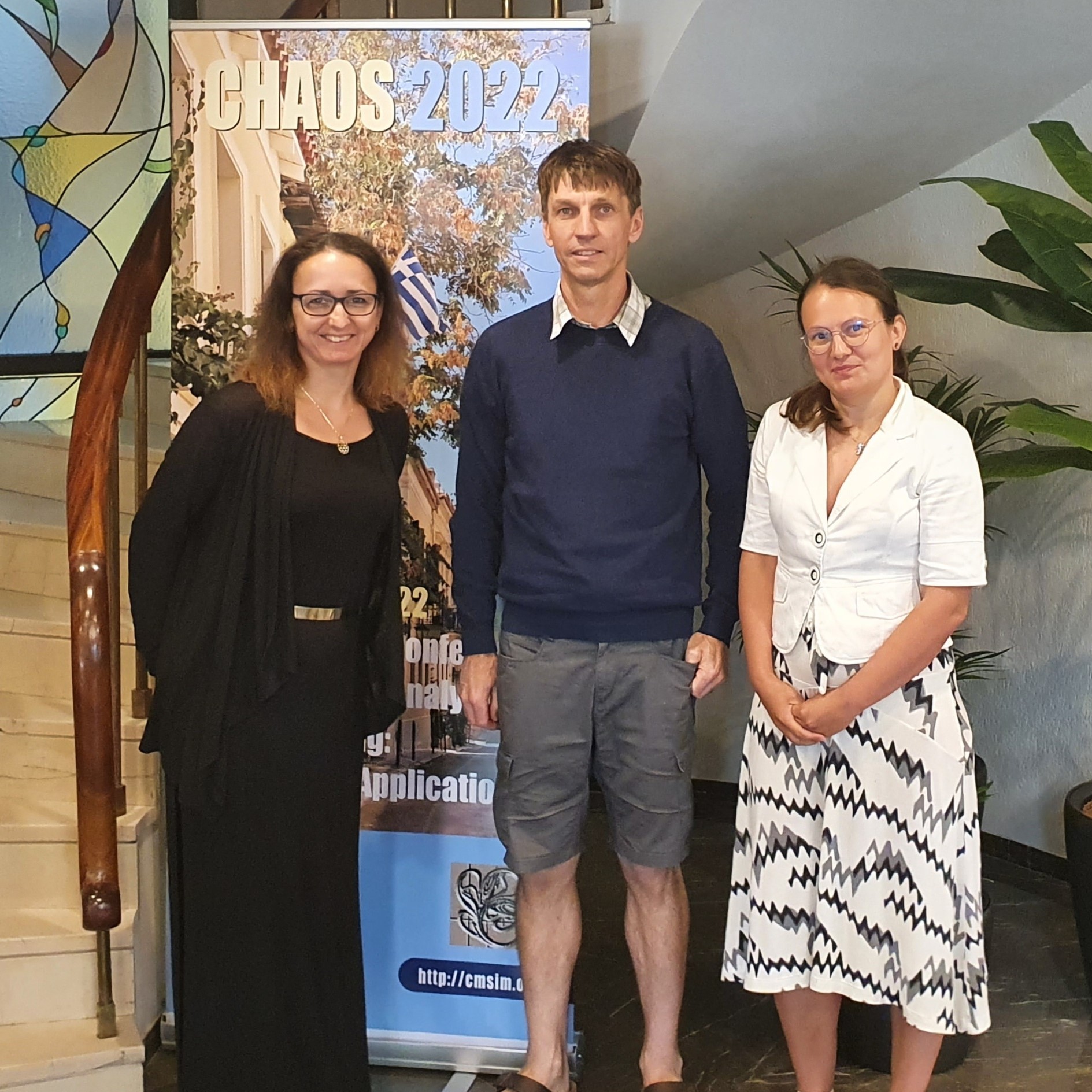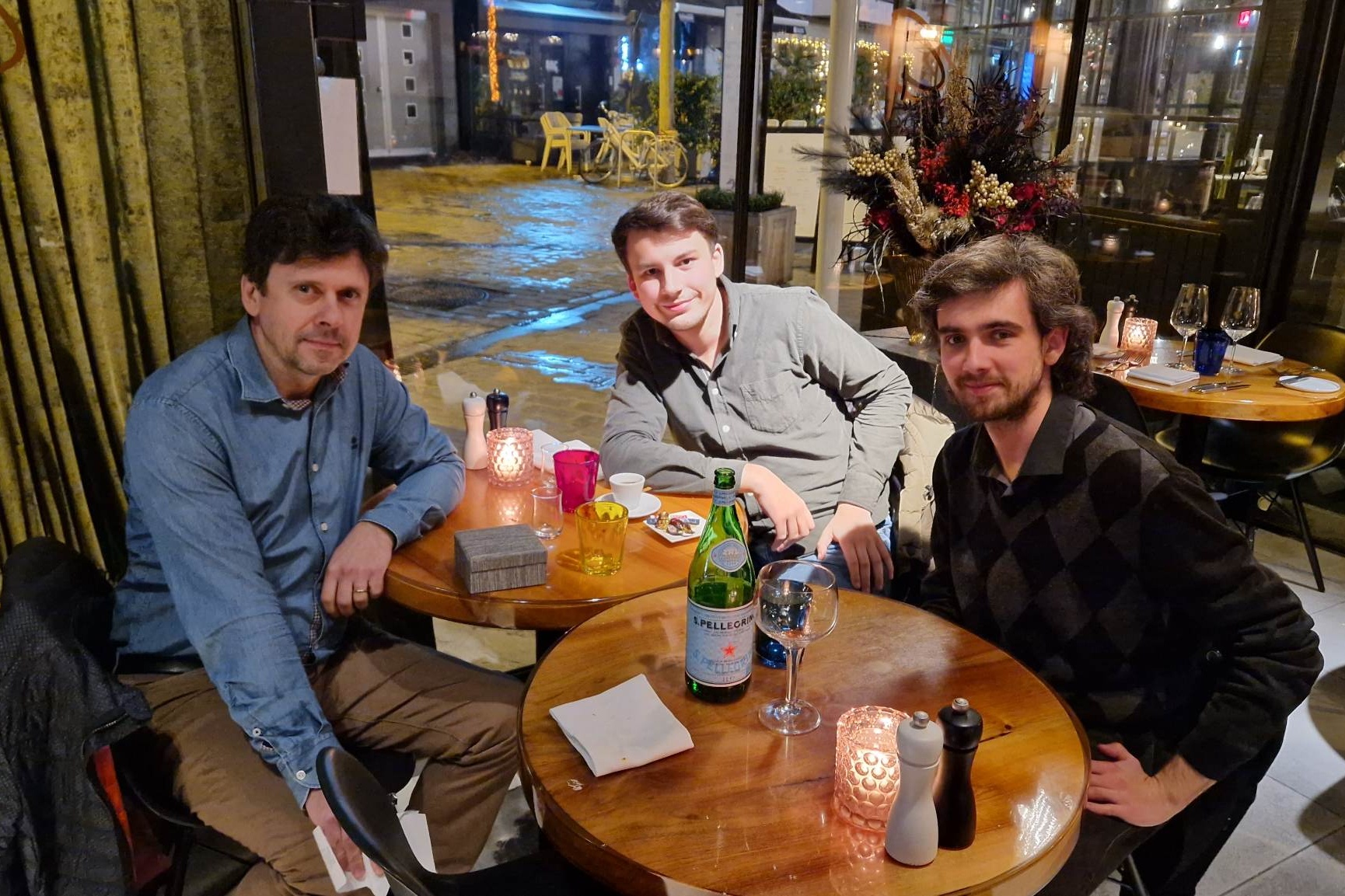Our recent research delves into synchronization phenomena through the lens of bifurcation theory, emphasizing systems where traditional methods face limitations. In many applied studies, forced oscillations are modeled as non-autonomous systems with harmonic driving, leading to challenges in analyzing their bifurcations due to unbounded phase variables. To address this, we embed such systems into higher-dimensional autonomous frameworks, where the forcing is represented by a master oscillator exhibiting a normal Hopf bifurcation. This approach facilitates stable continuation of bifurcation manifolds using tools like MatCont and provides a robust foundation for exploring complex dynamics.
Supported by GAMU Interdisciplinary funding, our team collaborates with St. Anne's University Hospital Brno and the Institute of Scientific Instruments CAS on research into very high-frequency oscillations in EEG signals of epilepsy patients. Our focus lies in analyzing phase-synchronized patterns that contribute to the emergence of these high-frequency components. This research has applications not only in neuroscience but also in superconducting physics. We maintain international collaborations with Prof. Hil Meijer from University of Twente from the University of Twente, focusing on neuronal synchronization, and Prof. Andre Botha from UNISA from UNISA, concentrating on Josephson junction dynamics. These partnerships integrate expertise in physics, neuroscience, and numerical analysis.
Building upon our collaboration with the teams of Prof. Milan Brázdil and Prof. Hil Meijer, we have formed an expanded consortium to advance our research initiatives. This consortium has submitted a proposal for the EIC Pathfinder programme, aiming to explore groundbreaking technologies in neuroscience. Our partners in this endeavor include the Institute of Scientific Instruments of the Czech Academy of Sciences (represented by Dr. Petr Klimeš), SEIN UMC Utrecht (Prof. Maeike Zijlman), the University of Graz (Prof. Christian Clason), and the University of Innsbruck (Prof. Sébastien Court). Together, we aim to leverage our collective expertise to develop innovative solutions with potential applications in both clinical and technological domains.
Following our involvement in the ECDC Forecast Hub during the pandemic, where we contributed hospitalization and prevalence predictions for the Czech Republic, we are advancing research on seasonally synchronized epidemics. Our work explores how seasonal factors and healthcare thresholds influence epidemic synchronization, providing valuable insights for public health strategies.




